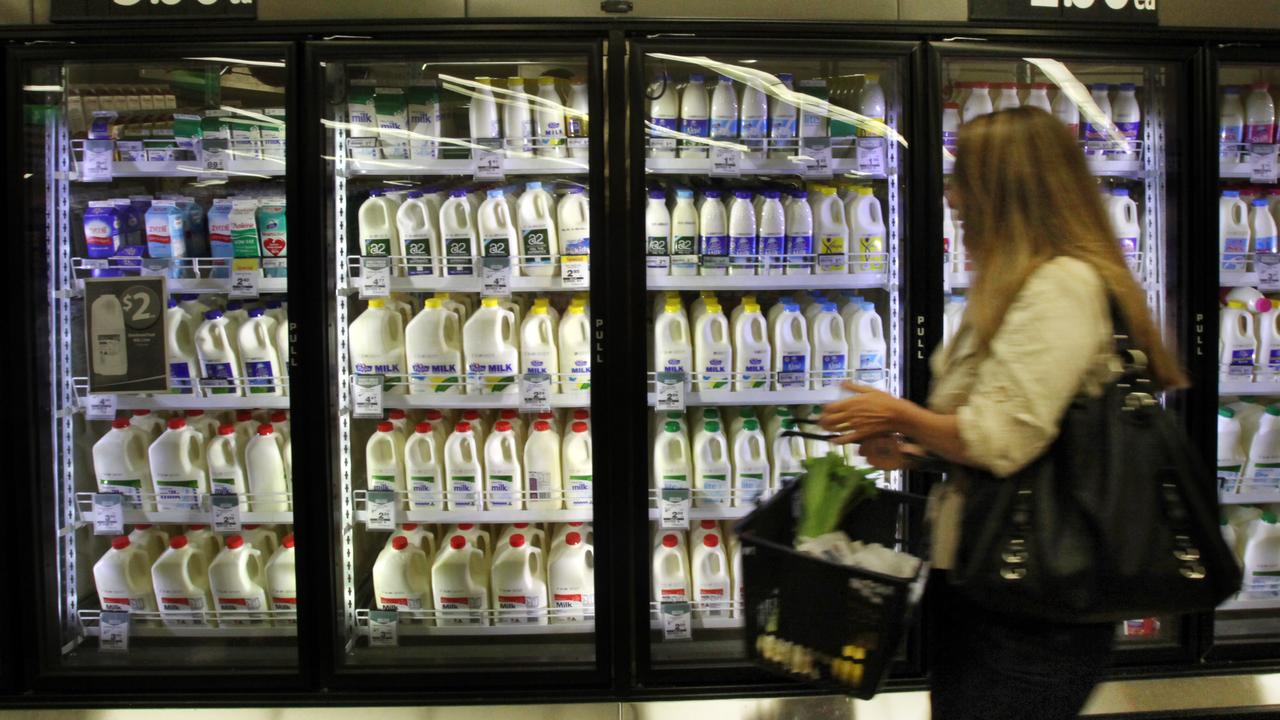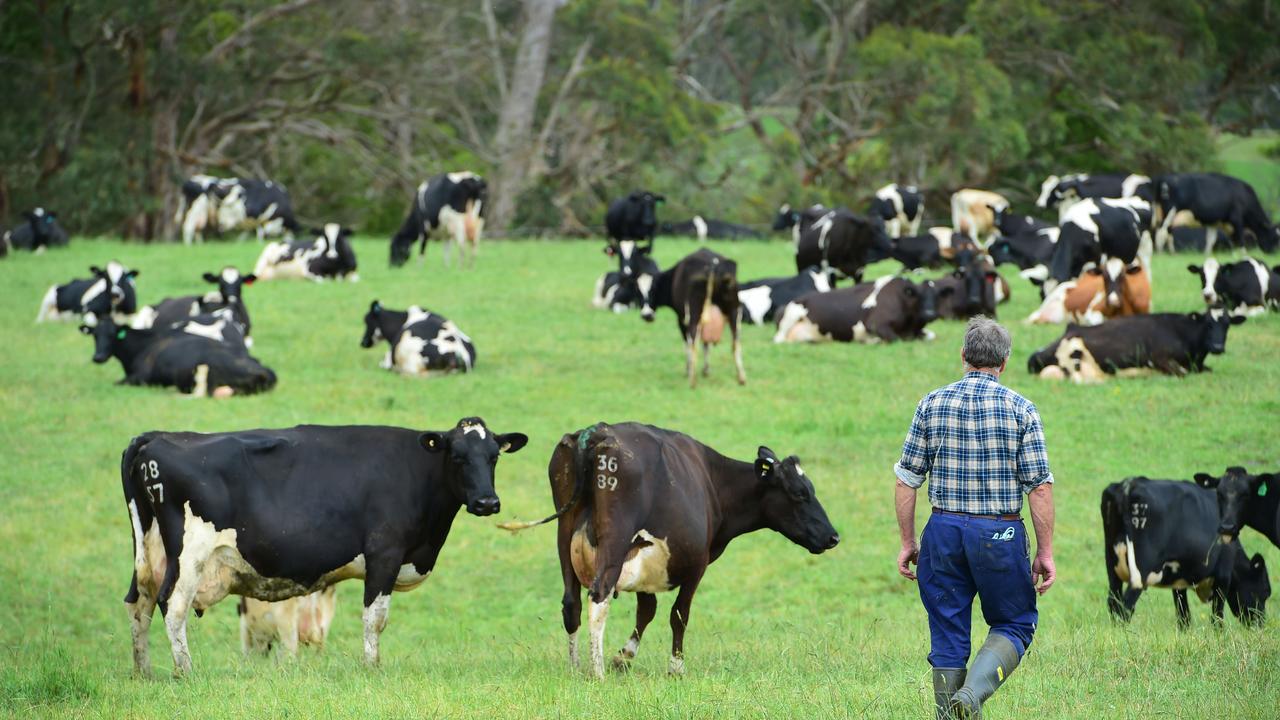Time to query, review port fees
Unregulated landside port fee increases run the risk of destroying business, argues Neil Chambers.

CONTAINER stevedore landside infrastructure charges (also called terminal access fees) have risen by between 2300 per cent to 3500 per cent in three years since April 2017.
The charges are levied by container stevedoring companies on transport companies (road and rail) for all full import and export containers handled.
If the charges aren’t paid, transport operators can be denied access to the terminals. Transport operators, in turn, are passing these very high charges to their customers, the importers and exporters.
The reasons for this extraordinary shift in revenue is clear from an Australian Competition and Consumer Commission analysis.
One reason is higher operating costs experienced by the stevedore companies, such as rent, land taxes, rates, and utility costs, etc. Also, the stevedores argue they must remain financially viable to continue to invest in equipment and technologies.
However, the main reason for the revenue collection “re-balancing” to the landside is that stevedoring competition, with three stevedore companies in each port vying for shipping line contracts, has driven down the stevedoring rates charged to shipping lines for working their vessels.
The ACCC reports that shipping lines, which are consolidating globally, have enjoyed a 40 per cent reduction in stevedoring “lift rates” over the past decade.
The real concern of the landside sector (transport operators, freight forwarders, and importers/ exporters) is that the ever-increasing charges are unfettered and unregulated.
The stevedores can, and have, increased these charges without any negotiation. This has led to the Victorian Government conducting an independent inquiry in the pricing and access at the Port of Melbourne, and to the NSW Minister for Transport and Roads directing the matter to the NSW Productivity Commissioner.
MORE
From the perspective of low margin agriculture commodity exporters, such as grains and hay, these unregulated fee increases have an impact on margins per tonne into overseas markets, perhaps to the point of impacting their viability.
Plus, there are real concerns that containerised exporters and importers are paying twice for the same container terminal services – once when they pay the high stevedore infrastructure (access) charges, and again when they pay shipping lines directly for an element of port fees called Terminal Handling Charges.
Exporters and importers should closely review the amount they are being charged by shipping lines for terminal handling services. They should query why they are so high and have not been reduced in line with the stevedoring price reductions being enjoyed by the shipping lines in Australian container ports.
Neil Chambers is Container Transport Alliance Australia director


